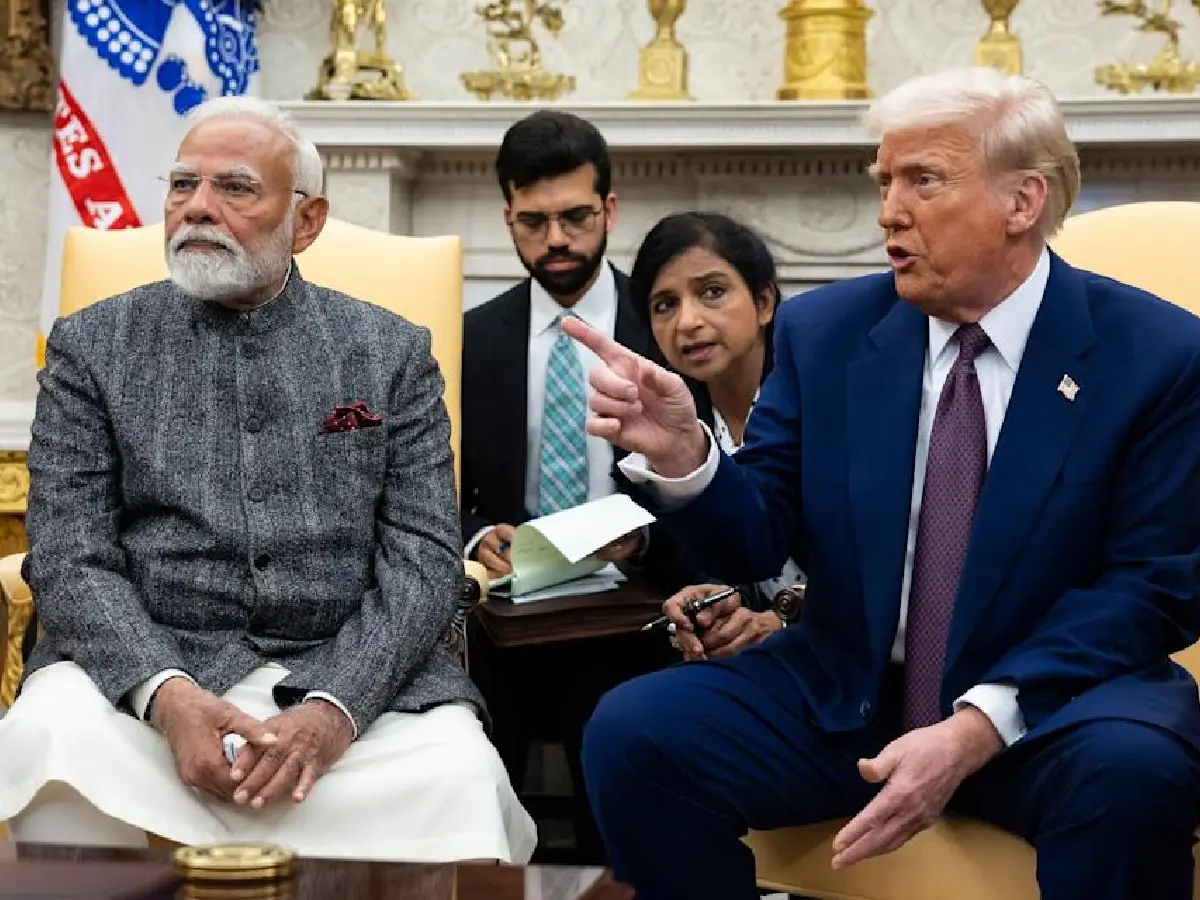The recent sharp downturn in global reception of Indian exports has come as a rude awakening for India, a nation that has taken immense pride in its rapidly growing trade portfolio. The punitive measures leveled against Indian exports have understandably stirred significant concern among business owners, policymakers, and economists alike. As they sift through the aftermath, the quest for optimism continues, though it remains tempered by the stark reality before them.
India’s export sector has long been one of the bright spots in its economy, showcasing robust growth and diversifying into markets across the globe. However, the sudden shift in international trade policies, including higher tariffs and stricter regulatory standards, has placed an unexpected strain on its performance. This setback not only impacts the bottom line for export-driven businesses but also rattles the overarching economic stability of the country.
The reasons for the imposition of such stringent measures on Indian goods vary. In some instances, trade partners have cited quality concerns and non-compliance with environmental standards. In other cases, it’s a matter of geopolitical maneuvering, with trade increasingly being used as a tool to exert pressure in international relations. Whatever the causes, the effects are palpable and the stakes are high for the Indian economy.
Despite the gloom, not all hope is lost. Within this crisis lies the potential for significant structural transformations that could pave the way for a more resilient and competitive export sector. For instance, there is now a pressing incentive for Indian manufacturers to enhance quality and compliance standards to meet international benchmarks. This could drive a wave of modernization and innovation across industries, leading to improved product offerings and more sustainable practices.
Moreover, the government is actively stepping up to the challenge. Initiatives to bolster trade relations through diplomacy, revised trade agreements, and encouraging diversification into new markets are underway. Promotional campaigns aimed at branding Indian goods with higher quality assurance are also gaining momentum. Additionally, financial incentives and support schemes are being offered to affected businesses to help them navigate the turbulent waters of international trade.
Another silver lining is the growing domestic market within India. As exporters find global markets tightening, the expansive and increasingly affluent Indian consumer base offers a promising alternative. Companies are now looking to capitalize on this by focusing more on domestic sales and reducing dependency on unpredictable foreign markets.
However, navigating out of this crisis will require a collective and sustained effort. The transformation of the export sector must be comprehensive, involving upskilling of labor, adoption of advanced technologies, and a significant overhaul of supply chain logistics. More importantly, it’ll require a change in mindset from viewing compliance as a hurdle to embracing it as a virtue that can set Indian products apart on the global stage.
In conclusion, while the punitive measures against Indian exports represent a considerable challenge, they also prompt a reevaluation of existing practices and potentially, an advancement towards a more dynamic and sustainable trading future. The path forward will undoubtedly be fraught with difficulties, but with strategic planning and adaptive measures, India can aspire to not only recover its lost ground but also to achieve a more prominent stature in international trade.










